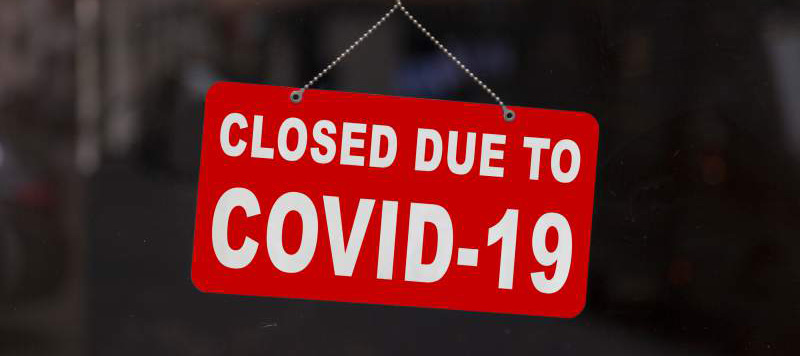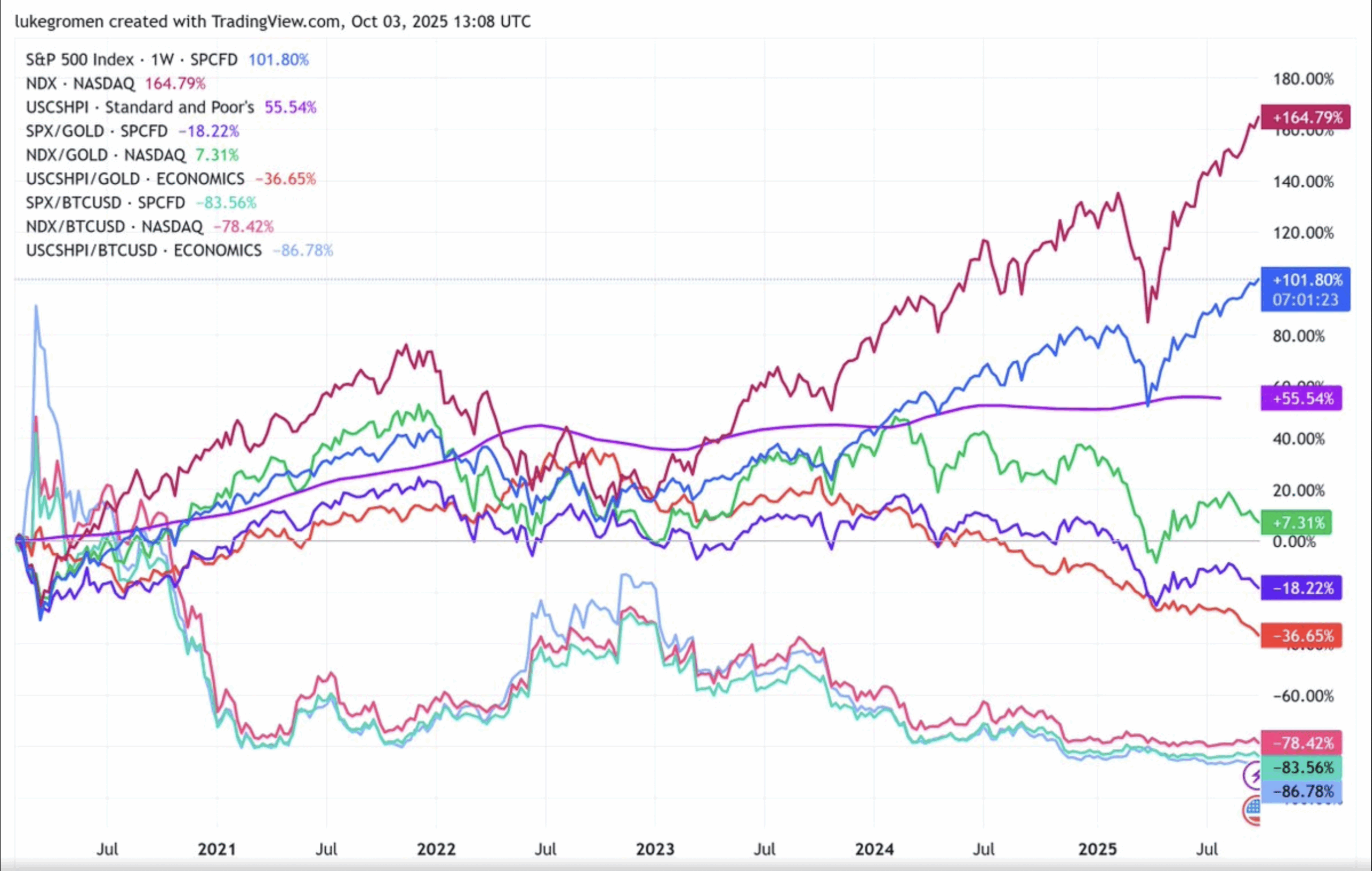By: and
The approval of several Covid-19 vaccines is an impressive technological development that should rapidly end the lockdowns and allow normal life to resume. But authorities like Anthony Fauci and Bill Gates argue that lockdown restrictions may have to continue through the fall and even into 2022, notwithstanding the catastrophic harms the lockdowns have caused, especially to young people, the poor and the working classes.
The imminent dissemination of vaccines can help end lockdowns by the end of January. The Great Barrington Declaration, which we wrote with Martin Kulldorff of Harvard Medical School, provides the key idea: focused protection of people who face a high risk of mortality should they become infected.
The risk of mortality from Covid-19 infection is now well established by seroprevalence studies conducted world-wide. Seroprevalence studies measure a lower bound on the number of people who have been infected. There is a sharp age gradient in the survival rate after infection. At least 99.95% of people under 70 survive infection; that figure is only 95% for 70 and older.
Covid-19 is thus especially deadly for the old and others with chronic conditions. But the lockdowns are deadly as well. The harms include plummeting childhood vaccination, worse cardiovascular disease outcomes, and less cancer screening, to name a few. It’s impossible to quantify the total deaths they have caused and will cause, but it’s safe to conclude that for people under 70 without chronic conditions—especially children and young adults—Covid-19 is far less deadly than a lockdown. For children, the cessation of in-person schooling has led to severe learning losses, which are predicted to shorten the lifespans of affected students. Among 25- to 44-year-olds, the CDC reports a 26% increase in excess all-cause mortality relative to past years, though less than 5% of 2020 deaths have been due to Covid-19.
Given these facts, the Great Barrington Declaration calls for focused protection for the vulnerable. That means directing limited resources, now including vaccines, to shield these people from infection. For the rest of the population, it calls for an end to lockdown. Tens of thousands of epidemiologists, public health scholars, and physicians have signed on to this plan. But it has been dismissed by others who argue that perfect protection of the vulnerable is impossible.
With vaccines being administered, that criticism is no longer viable. Thanks to Operation Warp Speed, Americans will have enough doses to inoculate 20 million people in December and 30 million more in January. The Centers for Disease Control and Prevention has rightly put nursing-home residents first in line; 38% of U.S. Covid deaths are connected to those settings. Frontline medical personnel will also receive priority; those who care for the elderly should receive special priority. So should people under 65 who are at severely elevated mortality from Covid-19 infection due to severe chronic disease.
These recommendations should reflect vaccine facts published by Pfizer. The company excluded people who had previously been infected with Covid-19 from its analysis, undoubtedly because natural immunity after recovery is known to be robust, so it expected the vaccine to provide no additional protection for them. Children weren’t part of the vaccine trials and shouldn’t receive the vaccine unless it is proved to be safe for them. Not vaccinating those who have recovered will preserve doses for the vulnerable and still susceptible. Priority should be given based on medical risk, not politics, or else more people will needlessly die.
Some 50 million people in the U.S. are over 65. The number of vaccine doses expected to be available over the next two months will be enough to vaccinate every elderly person who wants to be inoculated, as well as health-care workers and other vulnerable people. With a 90%-plus efficacy rate in protecting against Covid-19 symptoms, we will achieve near-perfect focused protection.
At that point, the lockdown should end immediately and forever. For healthy young and middle-aged people, especially for minorities and the poor, the lockdown’s harm far outstrips the harms from infection.
It’s unreasonable to require near-universal vaccination before a resumption of normal life. It will take until at least June 2021 to produce enough doses for the whole U.S. population and June 2022 for the world. This strategy would inflict months more of unnecessary harms. It would also divert doses away from vulnerable people in other countries, ultimately increasing the world-wide toll of Covid mortality.
Focused protection is the best strategy for using the vaccine. A combination of vaccine-induced immunity among the vulnerable and natural immunity among the less vulnerable will provide a solid wall of protection against a recurrence of the epidemic in 2021. For the vulnerable, the vaccine will protect against Covid. For the less vulnerable, the vaccine will protect against lockdown torture.
Although the lockdowns should have been abandoned much earlier, the end is finally at hand with the advent of the vaccines. Then the work of repairing the damage can begin.
Dr. Bhattacharya is a professor at Stanford Medical School. Ms. Gupta is a professor of epidemiology at Oxford. They are members of the advisory board of Collateral Global.
To see this article and subscribe to others like it, chose to read more.
 Listen Online
Listen Online Watch Online
Watch Online Find a Station in Your Area
Find a Station in Your Area










 Listen Now
Listen Now Watch Online
Watch Online
